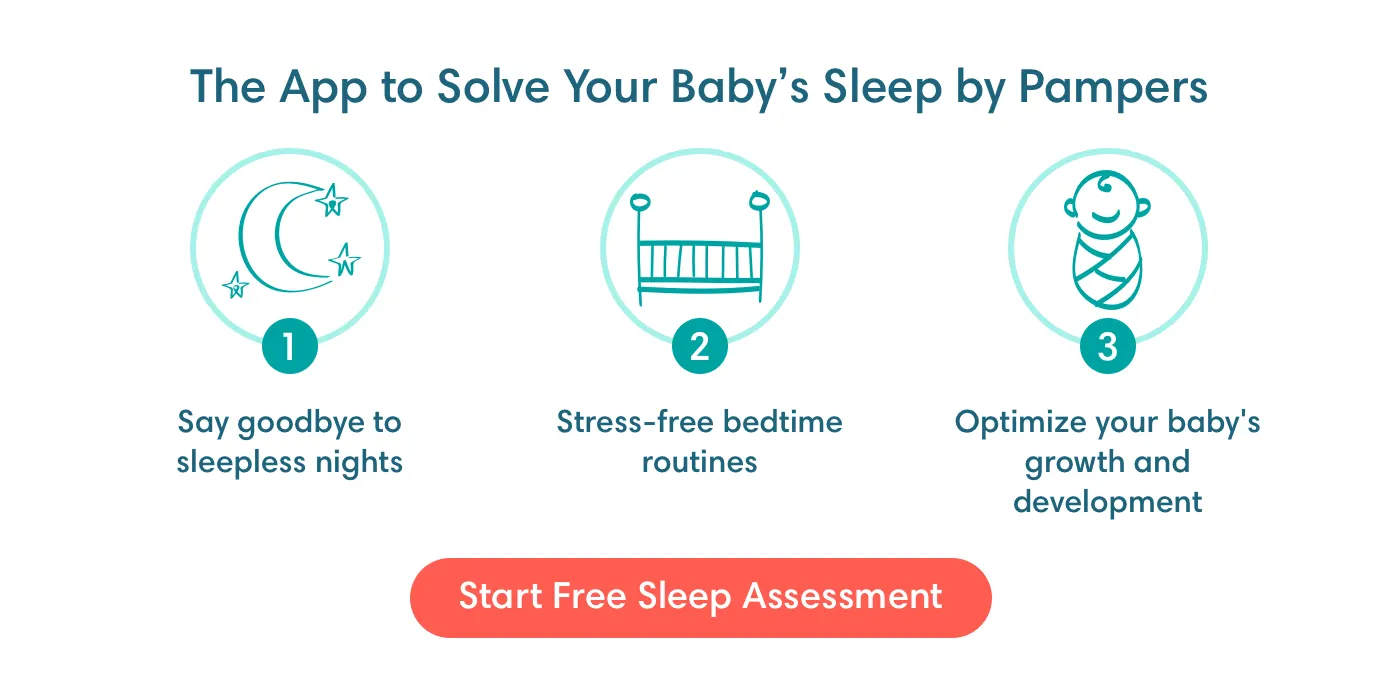When to Stop Swaddling Your Baby
Swaddling can help your newborn baby sleep more soundly in the first few weeks and months, but there comes a time when your little one will outgrow this comforting technique.
Discover when to stop swaddling your baby, how to transition your baby away from being swaddled, and what signs to look for that indicate it’s time to stop swaddling.
What is Swaddling a Baby?
Being swaddled imitates the feeling your baby had inside the womb, where it was nice and snug.
Properly done, swaddling can help soothe your little one and may help your baby sleep. This is because babies can startle themselves awake when they reflexively jerk and flail their arms and legs while sleeping. When swaddled, your baby’s arms and legs can’t jerk her awake.
The Benefits of Swaddling
Here are some of the benefits of swaddling your infant:
Gives a sense of security
Offers comfort
Provides warmth
May help your baby sleep longer
May keep your baby from waking from the jerky movements she reflexively makes during sleep.
The Risks of Swaddling
Experts caution that swaddling does have some risks, especially if it affects your baby’s arousal from sleep. If your baby isn’t able to wake herself from sleep, this may increase the risk of SIDS. Check with your baby’s healthcare provider if you’re concerned about swaddling your baby or have questions on its safety.
Signs That It’s Time to Stop Swaddling Your Baby
The major sign that it’s time to stop swaddling is when your baby starts trying her luck at rolling over. After this point, it’s unsafe to continue swaddling. This may happen as early as 2 months or a little later on.
It’s also time to stop swaddling if you see signs that your baby may be overheating, including:
Sweating
Damp hair
Flushed cheeks
Rapid breathing.
When Do You Stop Swaddling Your Baby?
You should stop swaddling your baby when you notice the signs above and he starts attempting to roll over. There’s no exact age to stop swaddling a baby, but many start trying to roll over at about 2 months old.
Swaddling once your baby can roll over may increase the risk of sudden infant death syndrome (SIDS) and suffocation. So, when you notice your baby attempting the rolling over technique, it’s time to stop swaddling both at night and during the day.
Transitioning Your Baby Out of a Swaddle
There isn’t necessarily a transitional period out of swaddling, but it’s common to ask yourself, “When should I stop swaddling my baby’s arms?” Many parents believe this is a point of transition, as your baby may prefer to sleep with arms up. But even with her chest and legs swaddled, she’s still at risk for SIDS or suffocation.
So, it’s best to think about swaddling in terms of either you do, or you don’t! And once she starts trying to roll over, it should be a “don’t.”
How to stop swaddling your baby is quite simple, whether he’s a 2-month-old, 3-month-old, or older or younger. You can simply dress your baby for sleep in a nightgown, sleeper, or pyjamas, over an undershirt and diapers. It’s a good rule of thumb to dress your baby in just one more layer of clothing than what you’re wearing to ensure she’s comfortable.
If the weather is hot, she won’t need more than a single layer.
It’s also a good idea to keep the bedroom at a cool temperature for your baby’s optimal comfort.
How Do You Get Your Baby to Sleep Without Being Swaddled?
Instead of swaddling your infant, you may consider using sleep clothing such as a wearable blanket or a sleeping sack.
Remember, if the item you choose constricts your baby’s arms, chest, or body, stop using it when you see that your baby is attempting to roll over on her own. If you choose a garment that doesn’t constrict, you can use it as long as you like.
You may also consider trying some sleep training techniques. For example, create a relaxing bedtime routine that may include a bath, a massage, a bedtime story, or quiet cuddle time. These techniques can all help your baby fall asleep and sleep through the night.
You may also find that playing soft music or creating white noise (such as by running a fan pointed at a wall or using a baby sound machine) can help your baby fall asleep.
Whether your baby is swaddled or not, make sure you place him in his crib on his back, as this is the safest sleeping position.
The Bottom Line
Swaddling can help your newborn relax and sleep better, but experts say to stop swaddling once your baby starts trying to roll over on her own.
And, if you see your baby becoming overheated, it’s safest to stop swaddling, choose a lighter swaddling blanket, or adjust the room temperature.
Keep in mind that you don’t necessarily have to swaddle your baby. If you’re weighing the risks and benefits and are unsure which way to go, ask your baby’s healthcare provider for personalized advice. Your provider can also show you how to safely swaddle your baby.
As a parent, of course you want your baby to sleep soundly, and swaddling is just one of the tools at your disposal in the early months. You can also play around with things like creating a soothing sleep routine and playing soft music to see what works best for your newborn.
When the time comes to stop swaddling, you’ll be able to look back at how far your baby has already come since that first night in your home.
How we wrote this article
The information in this article is based on the expert advice found in trusted medical and government sources, such as the American Academy of Pediatrics and the American College of Obstetricians and Gynecologists. You can find a full list of sources used for this article below. The content on this page should not replace professional medical advice. Always consult medical professionals for full diagnosis and treatment.


![[CA] WSD 1 - Baby World Sleep Day 1](https://images.ctfassets.net/2ql69mthp94m/41LJkNsvtsZMN716fbD3BQ/516c6979eb937cb9587b46106452ad17/WSD_-_Desktop_-_baby_sleeping.png?fm=webp&q=70)
